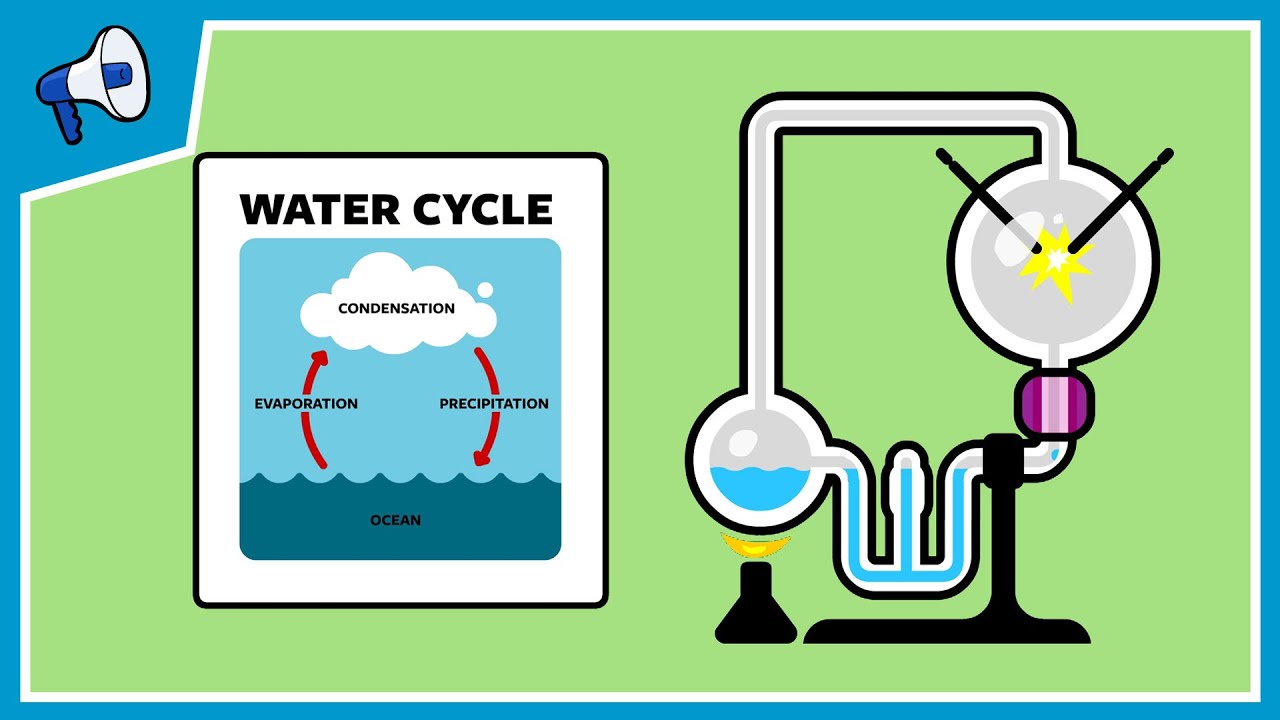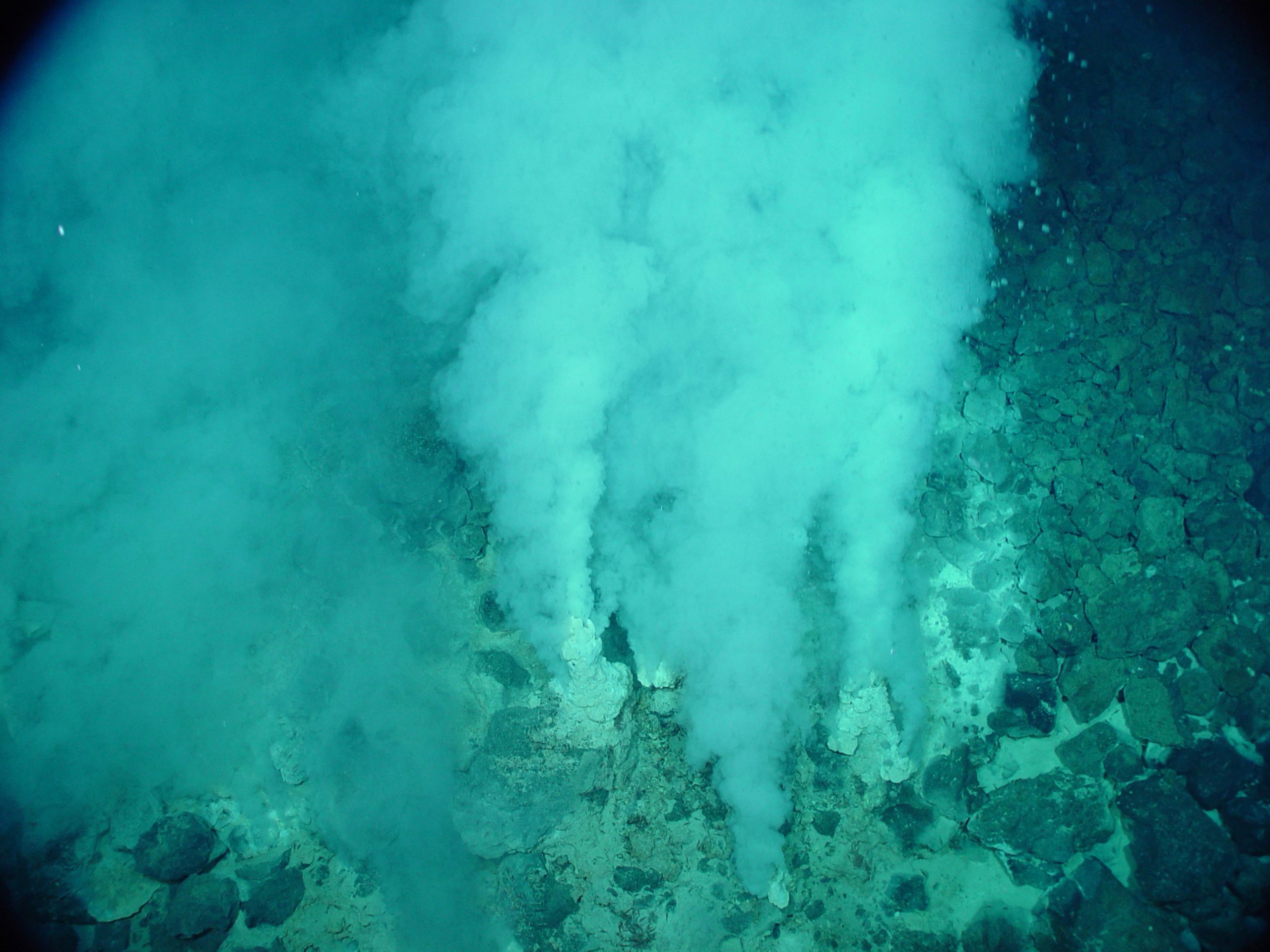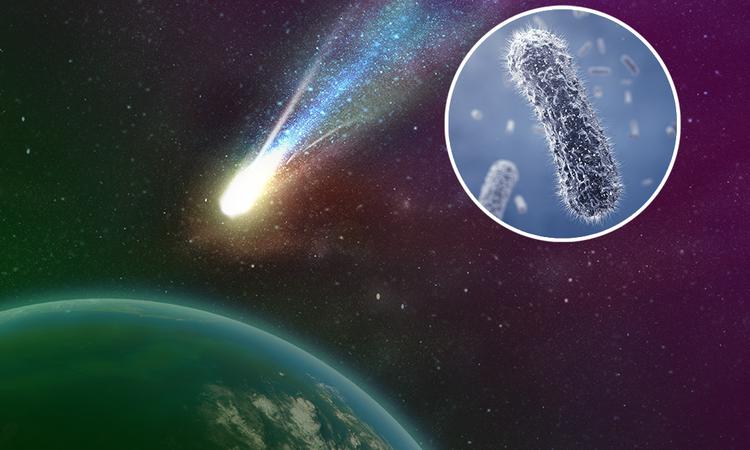The Myth Of The “Primordial Soup”
It’s common knowledge that life started billions of years ago in a pond of “Primordial Soup”. That is, simple building blocks of life combined in small dense pools over billions of years to form basic cells, followed by combinations of cells, then primitive life, then more complex life and, somewhere in there, Darwin’s mutations and natural selection took over leading to all forms of plant, animal, and other life. Ultimately, BOOM, here we are – today.
That’s more or less the story we’re taught in school, read in textbooks, and hear from all other sources. It is just plain common knowledge. End of story. In addition, we feel confident in this knowledge because we read articles from time to time published by reputable sources telling us that scientist have proven all this to be true and continue to find new evidence to support such truth.
Predictions and Experimental Evidence
“The Primordial Soup” theory is largely based on two predictions and results from a very important experiment, performed in 1952, that validated a core element of those predictions:
- In an 1871 letter to an associate, Charles Darwin suggested:
- “But if (and oh what a big if) we could conceive in some warm little pond with all sorts of ammonia and phosphoric salts, – light, heat, electricity etcetera present, that a protein compound was chemically formed, ready to undergo still more complex changes, … “
- In the 1920s, Russian scientist Aleksandr Oparin and English scientist J. B. S. Haldane proposed that life could have arisen by gradual chemical evolution – a step-by-step process converting non-living matter into living organisms
- In 1952, Stanley Miller and Harold Urey tested Oparin’s and Haldane’s ideas and found they could create organic amino acids – key building blocks for life – by combining a set of gases, a set of ideal “reducing” conditions thought to resemble the atmosphere of the early earth and electricity to simulate lightening strikes
Watch this excellent 7 1/2 minute video for a review of this ground-breaking experiment.

Key Conclusions From The Video
- The experiment simulated the early earth using ammonia, methane and hydrogen gases along with water vapor, heat and electricity
- After just a week, the experiment produced amino acids and other organic chemicals
- Amino acids and other such molecules have even been found on meteorites – implying they are available elsewhere in the solar system
- Significance of the experiment:
- This was the first attempt at simulating early earth conditions to test ideas about the origin of life
- Biomolecules can form under early earth-like conditions
- Simple chemistry can create molecules essential for life via legitimate testable science
- This experiment is the foundation for other testable science leading to: can life emerge from chemistry?
- Over time, many of experiment have created amino acids and others such molecules under many conditions
That All Sounds Reasonable. So What's The Issue?
As you might expect, scientists have uncovered some significant issues with the assumptions included in the original experiment. Nearly 70 years of thinking and experiments will do that kind of thing. Here are some of the key issues uncovered by Thaxton, Bradley, Olsen and others in The Mystery of Life’s Origin: The Continuing Controversy, from Discovery Institute Press:
- There was no ozone in the early atmosphere blocking some of the sun’s ultraviolet light – the short wavelength variety. As a result, methane gas would have combined with itself into larger molecules and fallen into the ocean
- Concentrations of other possible early chemicals like carbon monoxide and formaldehyde would also be diminished by the short wavelength ultraviolet light
- Short wavelength ultraviolet light also would have broken up the ammonia in the atmosphere
- Most importantly, short wavelength ultraviolet light is lethal to living organisms
- These conditions would apply in the ocean too – up to 30 feet in depth
And Then There’s The Oxygen
Ultraviolet light would also break up some of the water vapor releasing a small concentration (up to 1%) of pure oxygen into the atmosphere
- This is good because some of that oxygen would have become ozone helping to block the shortwave ultraviolet light that eliminates key chemical compounds and is destructive to living organisms
- BUT, pure oxygen in the atmosphere would be “oxidizing”; the oxygen would readily combine with the other gases instead of allowing them to combine into amino acids
- AND long wave ultraviolet light is very destructive to organic compounds like amino acids
The net result of all these scientific advances is the demise of theory that life started in a small, concentrated pond of Primordial Soup – despite the fact that this is still taught in schools
Here’s a 5 minute video presenting some other more current scientific hypotheses. Note the implication that “The Primordial Soup” in a small pond theory is no longer viable – aligned with the facts and evidence just cited.

Conclusions From The Video
- The earth started out as a hostile, volcanic planet
- Necessary compounds for the origin of life include hydrogen, ammonia, methane, carbon dioxide, nitrogen and phosphates plus water and some source of energy
- UV light in the early earth was likely too harsh for life to survive
- Hydrothermal vents at the bottom of the ocean are shielded from UV light and produce the key chemical compounds and energy needed to produce the building blocks of life
- The Last Common Universal Ancestor (LUCA) theory proposes that there was a single ancestor of all today’s lifeforms
- The evidence for LUCA is a set of genes believed to be found in all life today
- Those genes indicate that LUCA lived in a hot, oxygen free place
- Hydrothermal vents in the middle of the Atlantic Ocean, called the Lost City, produce methane and other compounds at hospitable temperatures
- Those compounds might have combined into the building blocks of life
So It’s Volcanic Vents Then, Instead Of A Small Pond?
Unfortunately, the science is still not that clear. There are other theories. John Sutherland, a prominent origin-of-life scientist, believes ultraviolet light was essential to the formation of building blocks so he rules out volcanic vents. Plus he advocates for reactions based on hydrogen cyanide. Maybe some components were produced in vents and then mixed with other components near the surface that were exposed to UV light? There’s even another theory involving the ebbs and flows of the oceanic tides.
Panspermia

Other scientists believe that life may have arrived on earth from elsewhere in space. This theory is called Panspermia. Here’s a 3 minute video featuring scientists from the University of Arizona and Caltech discussing panspermia and its viability.
Conclusion
- The theory that life began in a pond of “Primordial Soup” began with predictions from Darwin, Oparin and Haldane
- The Miller Urey experiment in 1952 validated a core element of that theory by easily producing amino acids, key building blocks for life, from basic compounds and energy
- This hugely important experiment initiated origin of life science based on chemistry
- Subsequent research has disproven the pond of primordial soup theory
- The sun’s UV light would have been destructive to necessary molecules, organic compounds and early life
- Oxygen in the atmosphere would have corrupted the creation of amino acids
- Some scientists theorize that the building blocks of life could have been created in hydrothermal vents at the bottom of the ocean – away from UV light and free oxygen
- The evidence for this is found in genes that are common across the span of life on earth
- Other scientists disagree and have other theories
- One such theory has life arriving on earth from elsewhere in space



